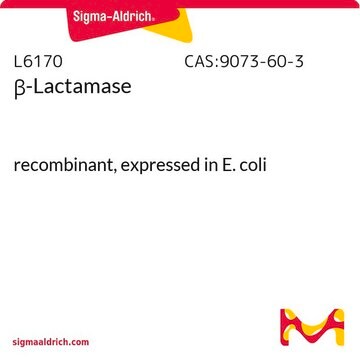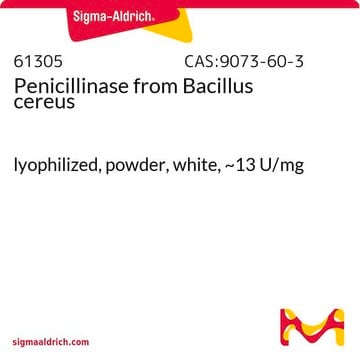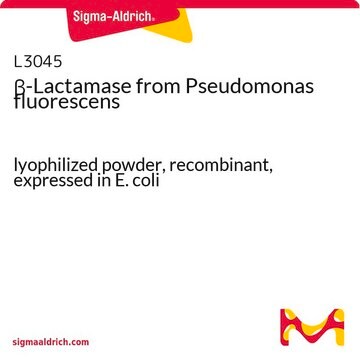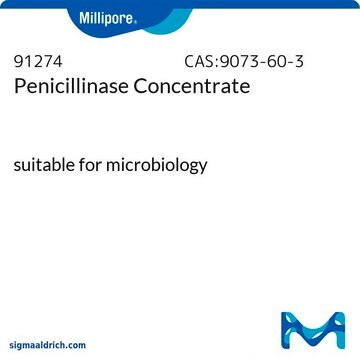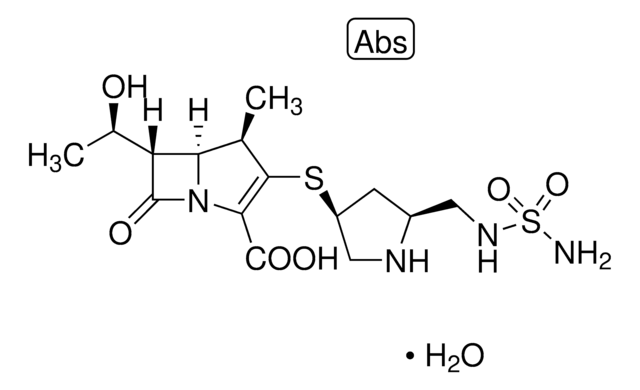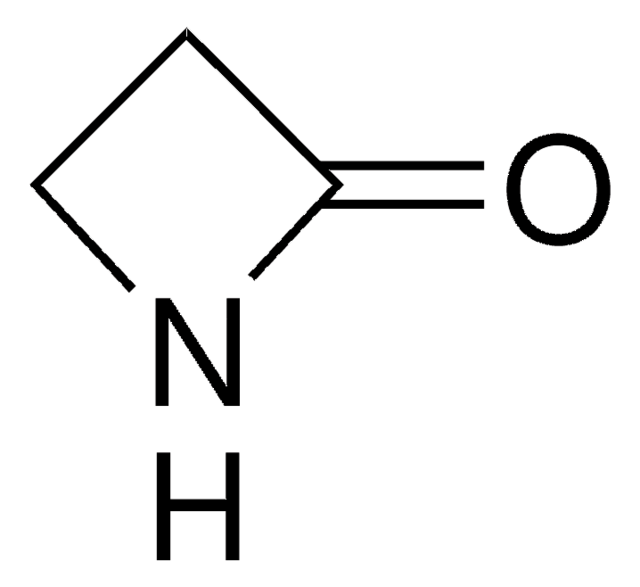This product is provided in lyophilized solid form with the unit activity reported in lot specific Certificate of Analysis.
Using a representative lot, SLCQ2635 as an example, one vial contains 1289 units. The activity can be converted to mass in milligrams using the batch specific activity value of 124 units/mg.
Thus, a vial from batch (SLCQ2635) contains 10.39 mg of enzyme; 1289 units x (1 mg / 124 unit) = 10.39 mg.
The volume in mL would be dependent on the volume of solvent added. For example, adding 1 mL of solvent to a vial from this batch, would result in a concentration of 10.39 mg/mL.
